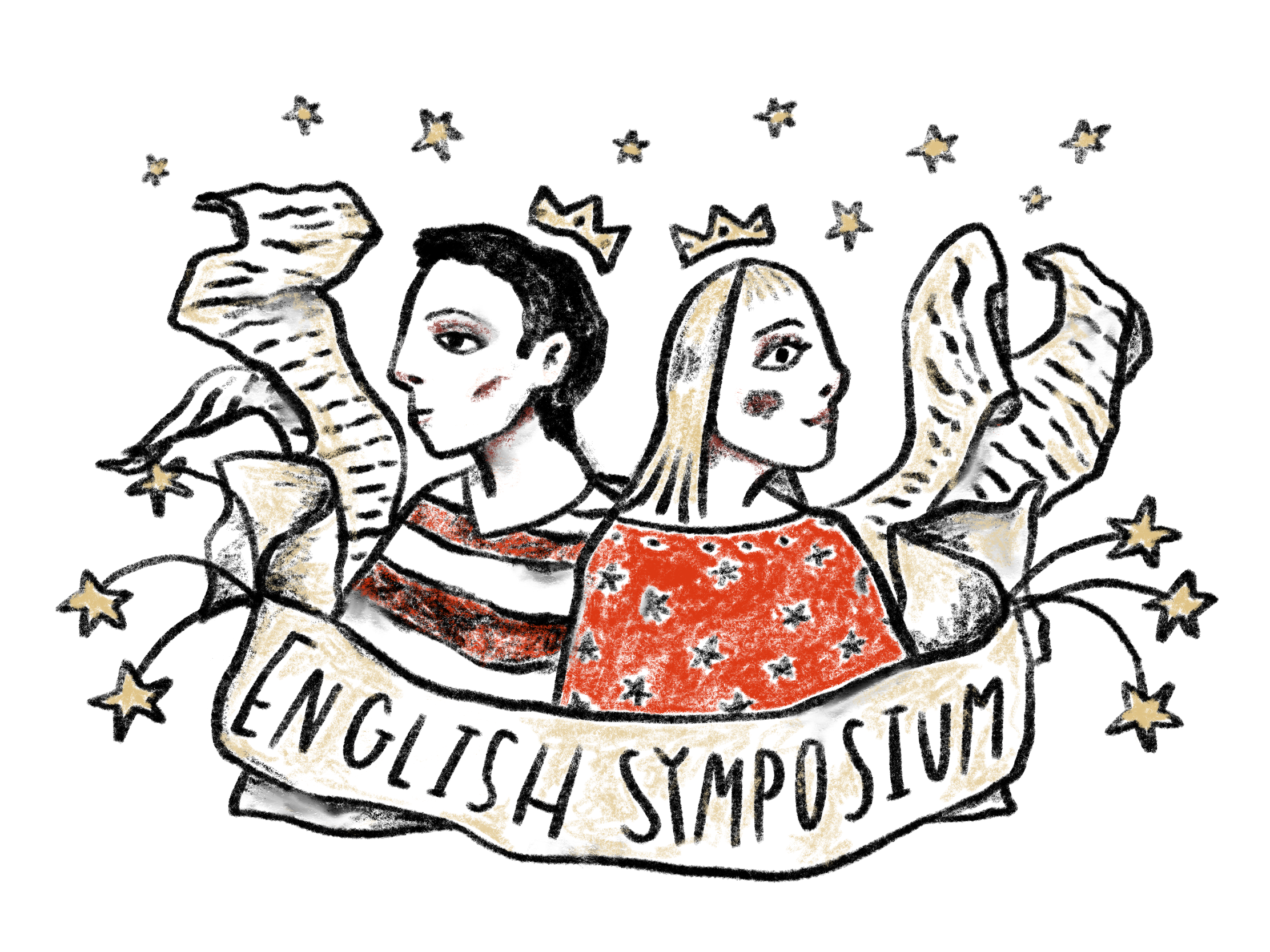Content Category
Literary Criticism
Abstract/Description
Edgar Allan Poe’s short story “The Tell-Tale Heart” is largely driven by the aural effects, real or hallucinatory, that the narrator hears and makes during the story. This unnamed narrator’s desire to kill the old man living with him is drenched in auditory descriptions, such as his obsession with the “dreadful silence of the old house” (Poe 319) during the murder contrasted with the creaking of a lantern, the old man’s single shriek, and most notably, the man’s lingering beating heart.
Alfred Hitchcock’s 1948 film, Rope, also breaks apart from typical treatment of sound within its genre because it features no real soundtrack, with orchestrations only found during the beginning and ending credits. This sparse soundtrack gives Rope a “silent” feel while still emphasizing dialogue and repeated sounds such as pouring drinks, doorbells, and ringing phones. One of the murderers in the film, Phillip, creates the most lingering cohesive sound in the story through his repetitious piano playing.
While scholars have pointed out the similarities between Hitchcock’s Rope and Poe’s “The Tell-Tale Heart” because of their plot and thematic similarities (Perry 119-123), no one has yet discussed how Rope is an adaption of “The Tell-Tale Heart” due to its parallel of treatment sound. This is surprising due to the experimental nature of sound in both works. Both Poe and Hitchcock’s murderers are driven to madness by sounds on the crime scene and in return, create their own sounds as a release of their psychological guilt. In my paper, I show how the auditory elements of Rope are an adaption of “The Tell-Tale Heart.”
Copyright and Licensing of My Content

This work is licensed under a Creative Commons Attribution-Noncommercial-No Derivative Works 4.0 License.
Origin of Submission
as part of a class
Faculty Involvement
Dennis Perry
The Guilty Fray of Sound in Rope: Hitchcock’s Rope as an Auditory Adaptation of Poe’s “The Tell-Tale Heart”
Edgar Allan Poe’s short story “The Tell-Tale Heart” is largely driven by the aural effects, real or hallucinatory, that the narrator hears and makes during the story. This unnamed narrator’s desire to kill the old man living with him is drenched in auditory descriptions, such as his obsession with the “dreadful silence of the old house” (Poe 319) during the murder contrasted with the creaking of a lantern, the old man’s single shriek, and most notably, the man’s lingering beating heart.
Alfred Hitchcock’s 1948 film, Rope, also breaks apart from typical treatment of sound within its genre because it features no real soundtrack, with orchestrations only found during the beginning and ending credits. This sparse soundtrack gives Rope a “silent” feel while still emphasizing dialogue and repeated sounds such as pouring drinks, doorbells, and ringing phones. One of the murderers in the film, Phillip, creates the most lingering cohesive sound in the story through his repetitious piano playing.
While scholars have pointed out the similarities between Hitchcock’s Rope and Poe’s “The Tell-Tale Heart” because of their plot and thematic similarities (Perry 119-123), no one has yet discussed how Rope is an adaption of “The Tell-Tale Heart” due to its parallel of treatment sound. This is surprising due to the experimental nature of sound in both works. Both Poe and Hitchcock’s murderers are driven to madness by sounds on the crime scene and in return, create their own sounds as a release of their psychological guilt. In my paper, I show how the auditory elements of Rope are an adaption of “The Tell-Tale Heart.”

